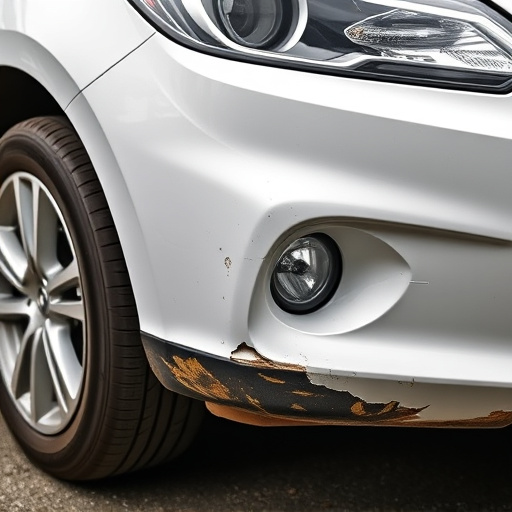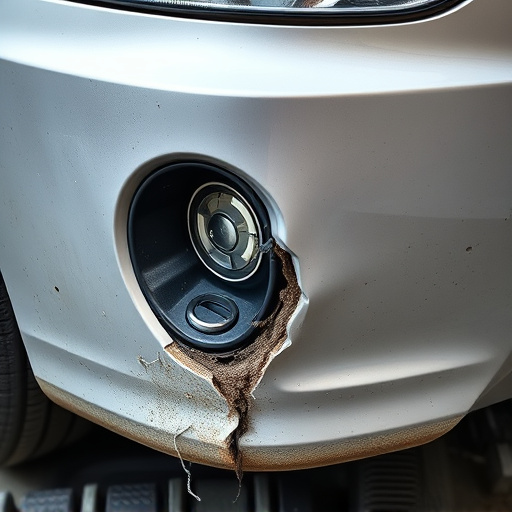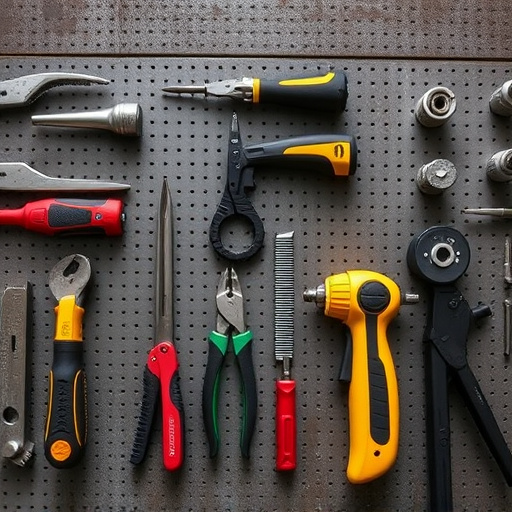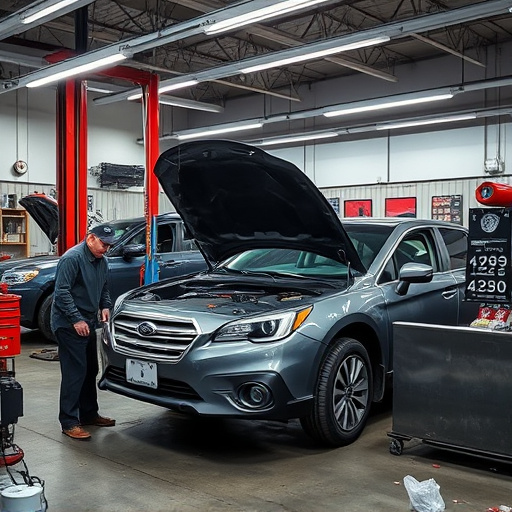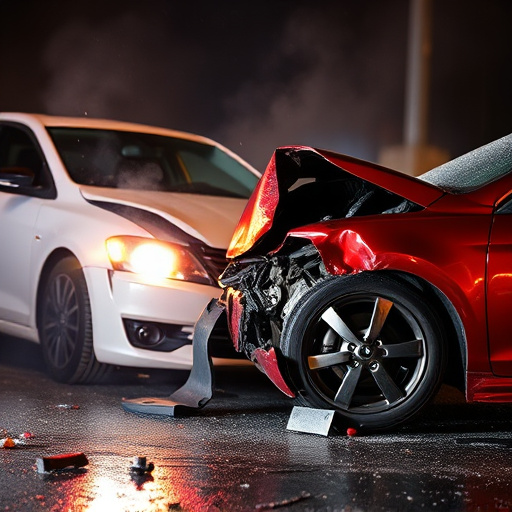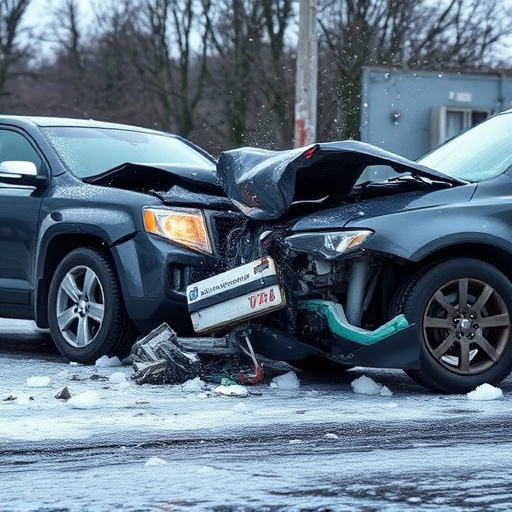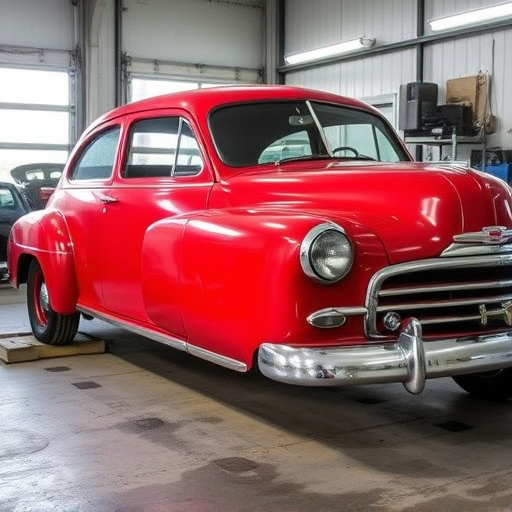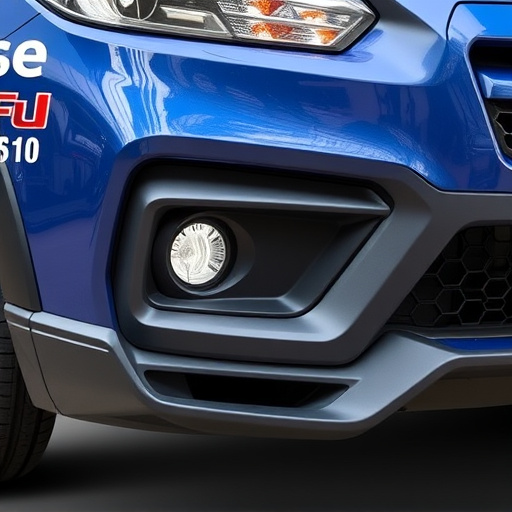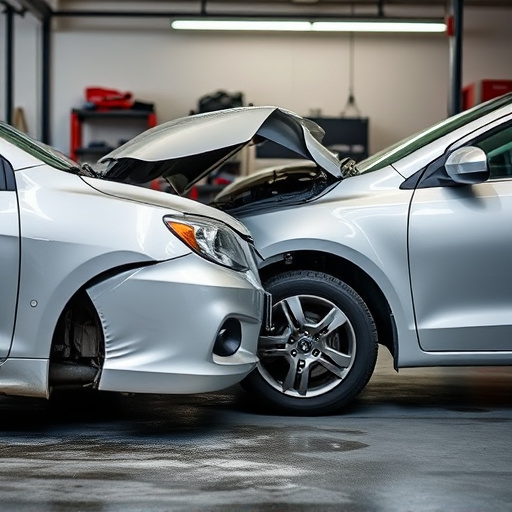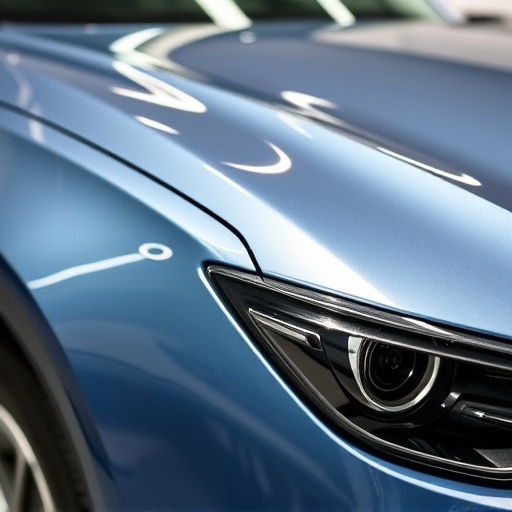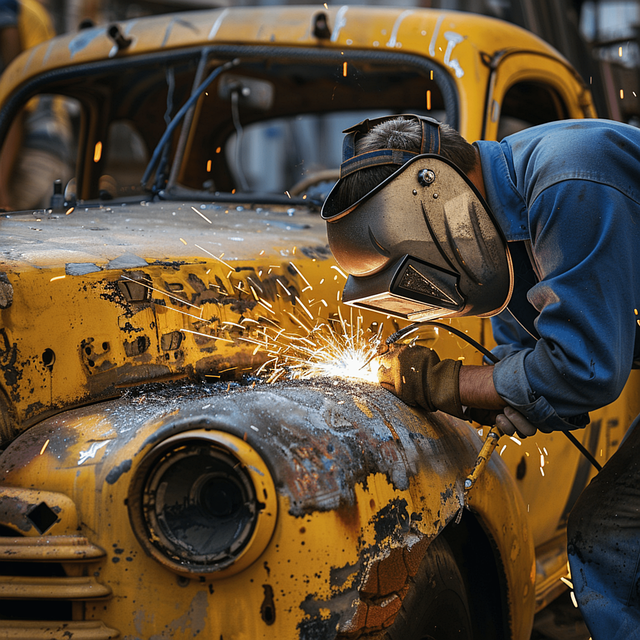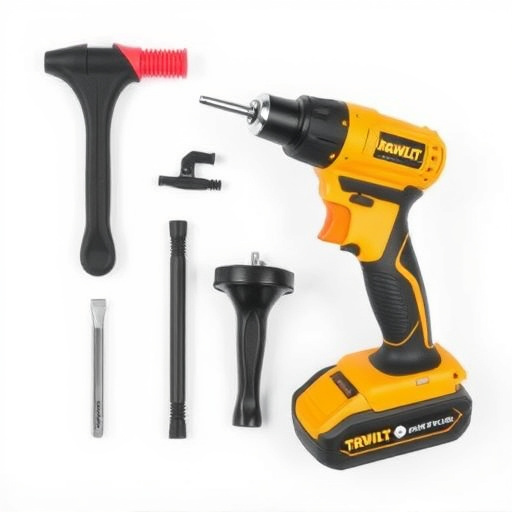Pedestrian safety features repair involves advanced vehicle modifications like airbags, crumple zones, and ABS, along with restoration of computer systems controlling ADAS. For public spaces, key repairs include crosswalk maintenance, traffic signal functionality, reflective markings, guardrails, footbridges, and regular surface material replacement. Expert automotive services specializing in pedestrian safety features repair ensure optimal road conditions through thorough assessments, community engagement, priority enhancements like reflective surfaces and lighting, and advanced technologies for lasting solutions.
In the pursuit of enhancing road safety, understanding and implementing effective pedestrian safety features is paramount. This article delves into the essentials of pedestrian safety repairs, offering a comprehensive guide for drivers. From recognizing common repair needs in safe walking zones to adopting best practices, we explore practical steps to ensure safer interactions between vehicles and pedestrians. By familiarizing yourself with these aspects, you contribute to creating more secure urban environments.
- Understanding Pedestrian Safety Features
- Common Repair Needs for Safe Walking Zones
- Best Practices for Effective Pedestrian Safety Repairs
Understanding Pedestrian Safety Features

Pedestrian safety features are integral components designed to protect vulnerable road users—pedestrians—in the event of a collision. Understanding these features is crucial for drivers, as it can significantly impact the outcome of accidents. Modern vehicles are equipped with various systems such as advanced airbags, crumple zones, and anti-lock braking systems (ABS) that work together to minimize harm during a fender bender or more severe car collisions. These safety mechanisms absorb and distribute the force of impact, reducing the risk of severe injuries.
When a vehicle undergoes repairs after a collision, especially at a reputable vehicle body shop, ensuring these safety features are correctly restored or replaced is paramount. Proper pedestrian safety feature repair involves not just fixing external damages but also calibrating computer systems that govern advanced driver-assistance systems (ADAS) like lane departure warnings and automatic emergency braking. This meticulous process guarantees that the vehicle operates safely and effectively, protecting both occupants and pedestrians alike on the road.
Common Repair Needs for Safe Walking Zones
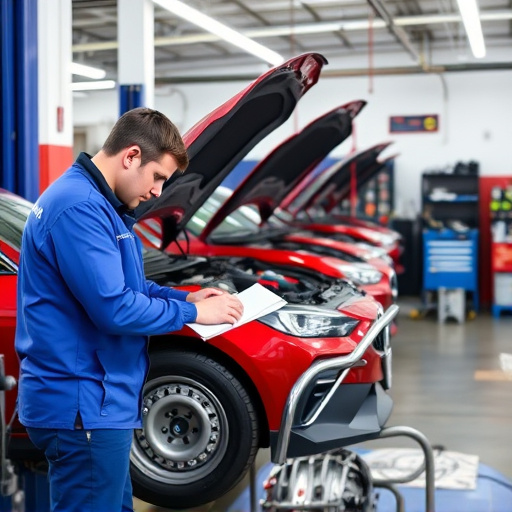
In ensuring safe walking zones, several common repair needs for pedestrian safety features emerge. These include well-maintained crosswalks, properly functioning traffic signals, and reflective road markings, all of which are integral to enhancing visibility for pedestrians. Regular repairs and replacements are necessary due to wear and tear, weather conditions, and accidental damage, making it crucial to have an automotive body shop dedicated to these specific needs.
Other critical repairs involve guardrails, footbridges, and traffic barriers that safeguard pedestrians from vehicular movements. Moreover, the timely replacement of worn-out surface materials like asphalt or concrete is essential to maintain a safe walking environment. An expert automotive repair service focusing on pedestrian safety features repair can help keep these vital elements in optimal condition, thereby contributing significantly to road safety and ensuring a secure experience for all users, be it through a car restoration or routine maintenance.
Best Practices for Effective Pedestrian Safety Repairs
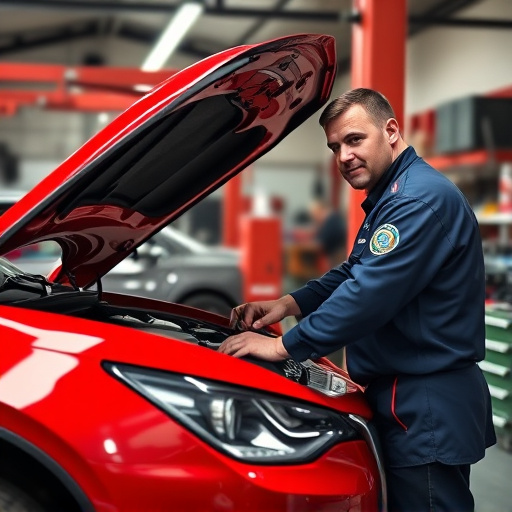
When addressing pedestrian safety features repair, adhering to best practices is paramount to ensure effective and lasting solutions. The first step involves a thorough assessment of the existing infrastructure, identifying potential hazards such as damaged crosswalks, inadequate signage, or poorly maintained traffic signals. Engaging with local authorities and community members can provide valuable insights into problem areas, facilitating data-driven decisions for repairs.
Implementing these repairs requires a strategic approach. Repairs should prioritize safety enhancements like adding reflective surfaces to roads and sidewalks, installing better lighting, and improving curb ramps for accessibility. Regular maintenance schedules must be established for timely fixing of issues that arise post-repair. Utilizing advanced technologies, such as smart sensors for traffic monitoring, can further bolster pedestrian safety features repair efforts. Engaging reputable auto collision centers or reliable auto repair services with a proven track record in vehicular and infrastructure repairs is key to achieving lasting improvements in pedestrian safety. Remember, addressing these safety features not only minimizes the risk of auto collisions but also enhances the overall quality of life for pedestrians, fostering a safer and more enjoyable environment for all road users, including those with mobility challenges, as exemplified by successful car scratch repair initiatives.
Pedestrian safety features repair is not just about fixing cracks and holes; it’s about ensuring our communities are welcoming and secure for everyone, especially pedestrians. By understanding common repair needs, adopting best practices, and prioritizing these safety features, drivers can contribute to creating a more robust and inclusive infrastructure. Remember, small repairs today can lead to significant improvements in pedestrian safety tomorrow. Let’s work together to make our streets safer and more enjoyable for all users.
